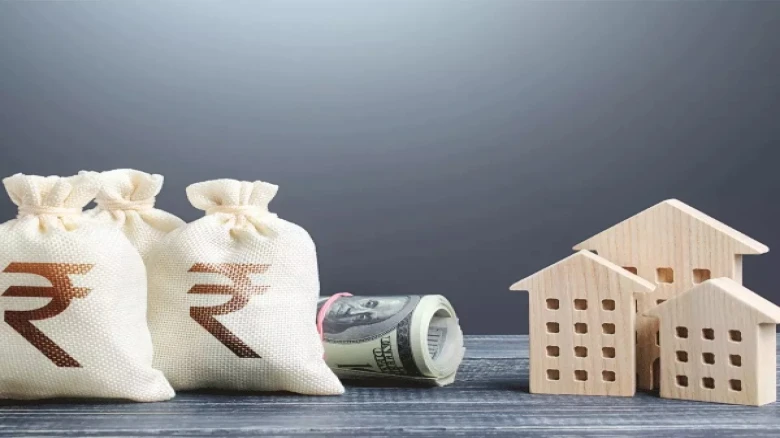Record-breaking temperatures in February might put further stress on borrowers of home loans, who already have to pay extremely high EMIs...
Digital Desk: India saw its highest temperature record in February in more than 120 years, which suggests that the rest of 2023 will see major increases in temperature. Borrowers of house loans may feel the heat as a result of the record-breaking high temperatures.
The Indian ratings agency India Ratings noted in a report that the Reserve Bank of India (RBI) would raise rates again in its April monetary policy as a result of the record-breaking February temperatures.
This comes after the higher temperatures could result in a damaging effect on wheat production and drive up the price even more. In December 2022 and January 2023, it was noticed that the rise in wheat prices was responsible for more than one-tenth of the retail inflation.
As stated by the India Meteorological Department, February 2023 would be the warmest in 122 years, and the public is being warned to prepare for more heat waves in the future.
In a report that was published before the IMD data, India Ratings predicted that the nation would once more experience "terminal heat stress." The highest temperature in Punjab, a crucial region for growing wheat, was on average 4 to 5 degrees higher than typical between February 17 and February 23.
Inflation caused by rising wheat prices could lead to another rate hike by the RBI, which recently raised benchmark interest rates by 25 basis points to 6.5 per cent. When raising rates, the RBI stated that it would keep a careful eye on inflation developments to decide its future monetary policy stance.
Rate to hike most probably be in April
In its April policy review, the RBI is expected to raise key rates by another 25 basis points, which will have a direct impact on borrowings, particularly home loans. Since May 2022, housing loan EMIs have been steadily increasing, imposing enormous strain on debtors.
People who began with a loan at roughly 6.5 per cent interest are now paying upwards of 9%, significantly increasing their EMIs. This might rise further if the RBI raises interest rates again in April.
Two factors are deepening the argument for a rate increase in April. According to India Ratings, increased prices due to a decrease in wheat production and a likely increase in vegetable prices will drive up inflation.
These factors, together with persistent core inflation, will create a favourable climate for another rate hike.
According to the rating agency, it would take at least two months for vegetable prices to stabilise following the start of summer, and this period may be defined by increased inflation. In such a scenario, experts forecast a rate hike in April before a possible hiatus.

Leave A Comment